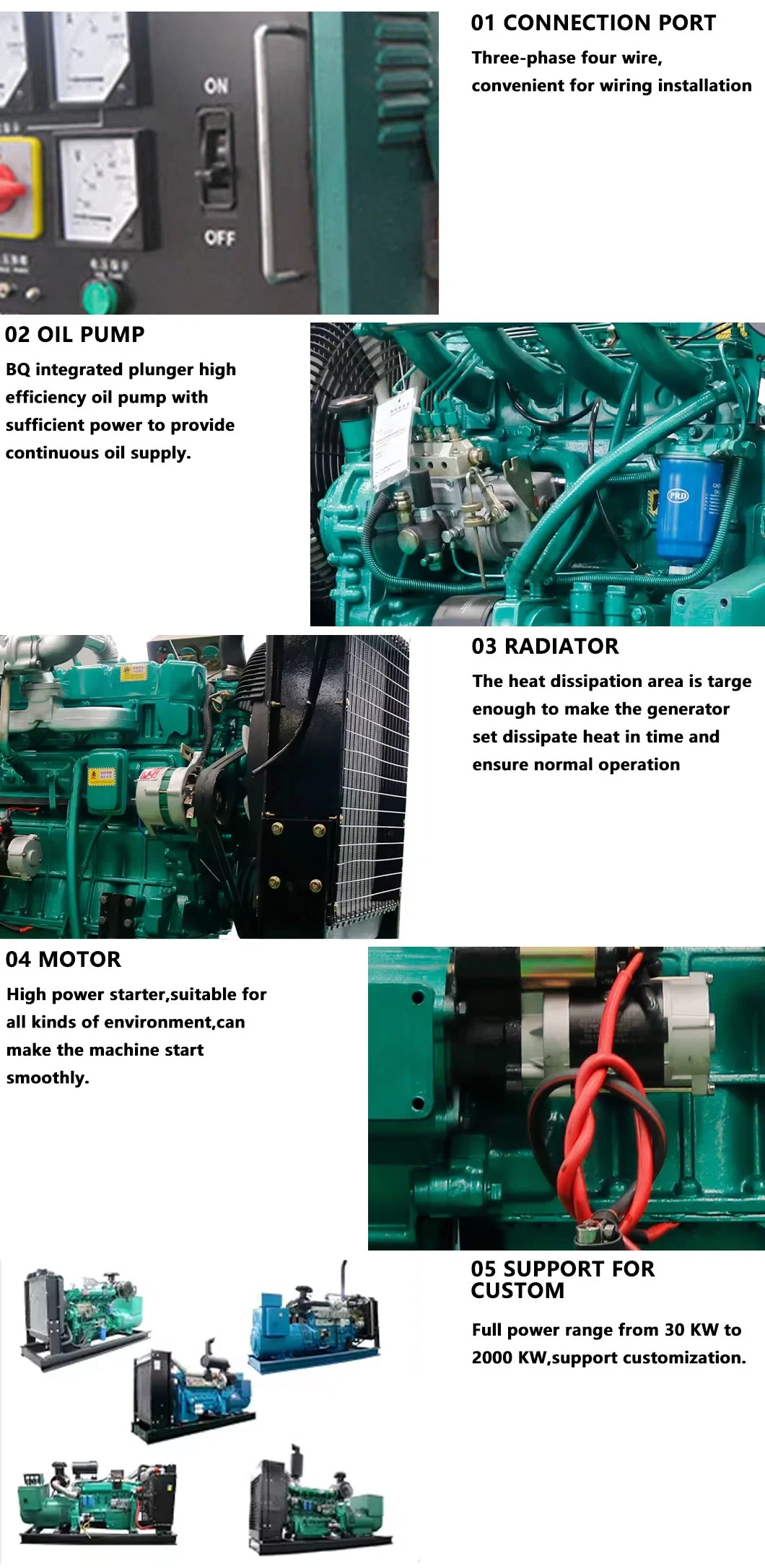Enhancing Reliability with Fault Detection in Diesel Generators
Introduction
Diesel generators are critical components in various industries and applications where a reliable power supply is essential. These generators are widely used as backup power sources in case of grid failures or in remote locations where access to the main power grid is limited. However, like any other mechanical equipment, diesel generators are prone to faults and failures, which can lead to downtime and costly repairs. To minimize these risks and enhance the reliability of diesel generators, fault detection systems play a crucial role. In this article, we will explore the importance of fault detection in diesel generators, the common types of faults encountered, and the technologies and methods used for fault detection.
Importance of Fault Detection in Diesel Generators
Fault detection in diesel generators is essential for several reasons. Firstly, early detection of faults can prevent catastrophic failures that may result in extended downtime and costly repairs. By identifying potential issues at an early stage, maintenance can be scheduled proactively, minimizing the impact on operations and reducing overall maintenance costs.
Secondly, fault detection helps in ensuring the safety of personnel and equipment. Faults in diesel generators can lead to hazardous situations such as overheating, fuel leaks, or electrical malfunctions. Detecting these faults early can prevent accidents and ensure a safe working environment.
Additionally, fault detection in diesel generators can improve the overall efficiency and performance of the equipment. By monitoring key parameters and detecting deviations from normal operating conditions, maintenance activities can be optimized, leading to improved reliability and longevity of the generator.
Common Types of Faults in Diesel Generators
Diesel generators can experience various types of faults, ranging from mechanical issues to electrical malfunctions. Some of the common types of faults encountered in diesel generators include:
1. Fuel System Faults: Fuel system faults can lead to issues such as fuel contamination, clogged filters, or injector problems. These faults can result in reduced fuel efficiency, poor engine performance, and even engine failure if not addressed promptly.
2. Cooling System Faults: Cooling system faults, such as leaks, blockages, or pump failures, can cause the engine to overheat, leading to potential damage to engine components and reduced efficiency.
3. Electrical System Faults: Electrical faults in diesel generators can include issues with the alternator, voltage regulator, or wiring connections. These faults can result in power fluctuations, electrical shorts, and other electrical malfunctions.
4. 150kw diesel generator for remote off-grid locations : Mechanical faults in diesel generators can range from worn-out components to misalignments or bearing failures. These faults can impact the overall performance and reliability of the generator.
Technologies and Methods for Fault Detection in Diesel Generators
Several technologies and methods are employed for fault detection in diesel generators, ranging from basic manual inspections to advanced monitoring systems. Some of the common technologies and methods used for fault detection in diesel generators include:
1. Visual Inspection: Visual inspection involves physically examining the diesel generator for any signs of wear, damage, or leaks. Visual inspection can help in identifying obvious faults such as oil leaks, loose connections, or damaged components.
2. Vibration Analysis: Vibration analysis is a predictive maintenance technique that involves monitoring the vibrations of the diesel generator to detect abnormalities. Changes in vibration patterns can indicate issues such as misalignments, bearing failures, or unbalanced components.
3. Oil Analysis: Oil analysis is a diagnostic technique that involves analyzing the oil sample from the diesel generator for signs of contamination, wear particles, or other indicators of internal issues. Oil analysis can help in identifying potential faults such as engine wear, fuel contamination, or coolant leaks.
4. Thermography: Thermography is a non-contact technique that involves using infrared cameras to detect temperature variations in the diesel generator components. Hotspots identified through thermography can indicate issues such as overheating, electrical faults, or insulation breakdown.
5. Remote Monitoring Systems: Remote monitoring systems utilize sensors and telemetry technology to continuously monitor key parameters of the diesel generator, such as temperature, pressure, and fuel levels. These systems can provide real-time alerts and notifications in case of deviations from normal operating conditions, enabling proactive maintenance and fault detection.
Conclusion
Fault detection plays a crucial role in enhancing the reliability and performance of diesel generators. By implementing appropriate technologies and methods for fault detection, operators can proactively identify and address potential issues before they escalate into major failures. From visual inspections to advanced remote monitoring systems, there are various tools available to assist in fault detection in diesel generators. By prioritizing fault detection and implementing a comprehensive maintenance strategy, operators can ensure the continued operation and reliability of their diesel generators, ultimately minimizing downtime and maximizing productivity.
